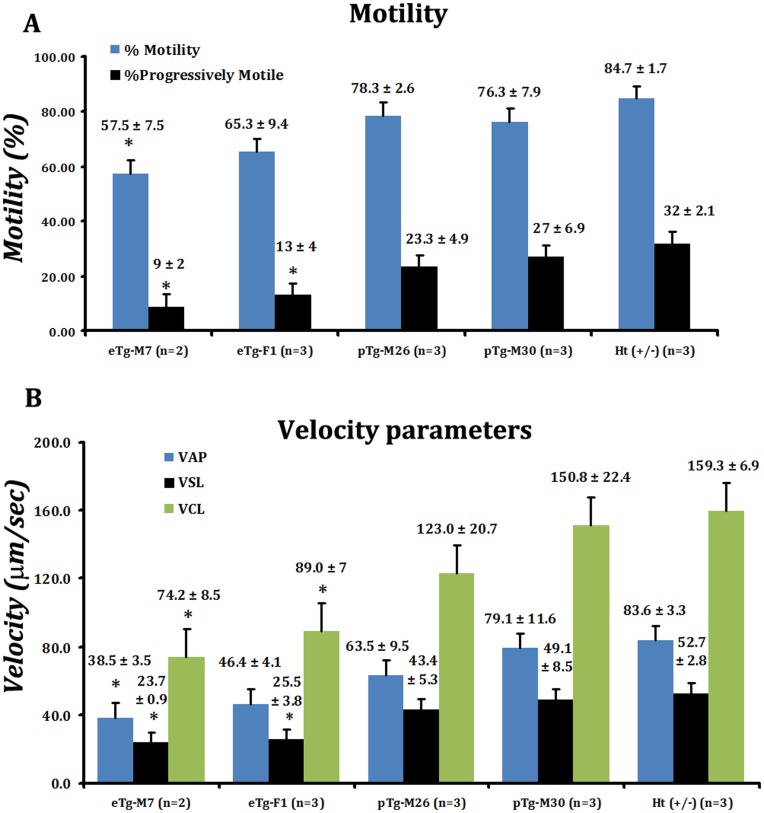Figure 6. Motility analysis of mature caudal sperm from rescue animals with varying levels of PPP1CC2.
Computer assisted sperm analysis of freshly prepared mature cauda epididymal spermatozoa was performed on sperm from adult (8–12 weeks old) mice from different transgenic rescue lines. (A) Both total percent motile (blue bars) and progressively motile (black bars) increased as levels of PPP1CC2 increased. Significant differences from positive control mean values of percent motile sperm were observed for males of line eTg-M7, and were observed in lines eTg-M7 and eTg-F1 for percent progressively motile sperm. (B) The velocity parameters VAP (average path velocity; blue bars), VSL (straight line velocity; black) and VCL (curvilinear velocity; green bars) generally increased with increasing expression of PPP1CC2. Mean values for VSL and VCL were significantly lower than positive control values in animals with testis levels of PPP1CC2 equal or less than 50% of positive control levels (eTg-M7 and eTg-F1), but mean values for VAP were significantly lower than positive control values only in animals with testis levels of PPP1CC2 less than 50% of positive control levels (eTg-M7). A non-parametric ANOVA by ranks was used for comparison of all groups, followed by post-hoc pairwise analysis by Dunn’s procedure (p<0.05). For each animal ≥10 non-overlapping fields were recorded for analysis. The motility parameters were expressed as mean of n = 3± Standard Error of the Mean (SEM), except for eTg-M7 (n = 2), are shown atop each data bar. ‘*’ denotes motility parameters for which significant differences from positive control values were observed.

